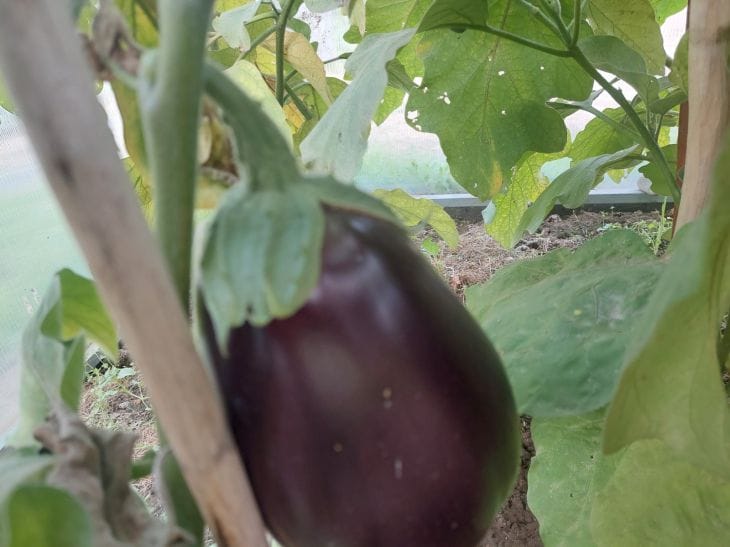Are your eggplants growing slowly, but your neighbor already has a mountain of fruit? Maybe it's the moon
The lunar calendar is not just an old wives' tale, but a tradition supported by observations.
Let's take a look at how the phases of the moon can help you grow a record harvest.

Why is the moon important
The idea is simple: the moon affects water — in the soil, in plants, in us. During the waxing moon, juices are drawn upward, which accelerates the growth of stems and leaves. The Biodynamic Association claims that planting during this period gives eggplants a powerful start.
On the contrary, during the new moon, the activity is lower - the shoots are weak, the roots are sluggish. The Journal of Experimental Botany confirms: during the new moon, seeds germinate more slowly. Maria Thun , a guru of biodynamics, wrote:
"The moon is the rhythm of nature that we can use."
How to plant according to the moon
Plant eggplants 2-3 days after the new moon, when the moon begins to wax. This is usually the end of the first week of the cycle. For example, in 2024, the new moon is on May 8, so plant on May 10-11.
The waning moon (after the full moon) is more suitable for pruning or harvesting rather than planting.
I tried this method last year: half of the seedlings started on the waxing moon, half on the new moon. The first batch grew 20% larger!
Practice and skepticism
If you have doubts, conduct an experiment: divide the seedlings and compare. Biodynamics is not only the moon, but also attention to the soil and plants
Combine the lunar rhythm with warmth (ground from 21°C) and good soil, and your eggplants will surprise everyone. The moon is your secret assistant!








